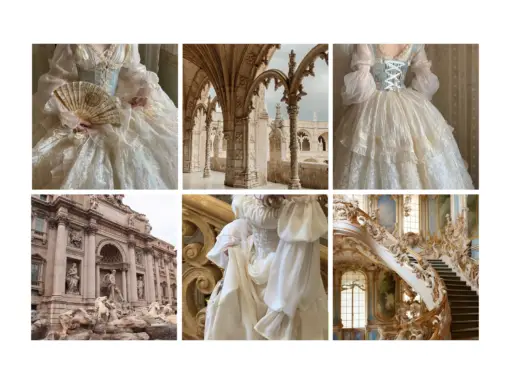Mid-century modern homes have become iconic for their unique blend of form and function. These houses are celebrated for their clean lines, open spaces, and integration with nature, making them timeless pieces of architectural history. As you explore the essence of this design movement, you’ll find that it not only reflects an era but also offers insights relevant to contemporary living.
The allure of mid-century modern architecture lies in its ability to create harmonious environments that prioritize both aesthetics and usability. From the use of innovative materials to the thoughtful incorporation of outdoor spaces, these homes resonate with those seeking a balance between style and comfort.
Unearthing the charm of mid-century modern homes invites you to appreciate their history while considering how elements of this design style can enhance your own living spaces.
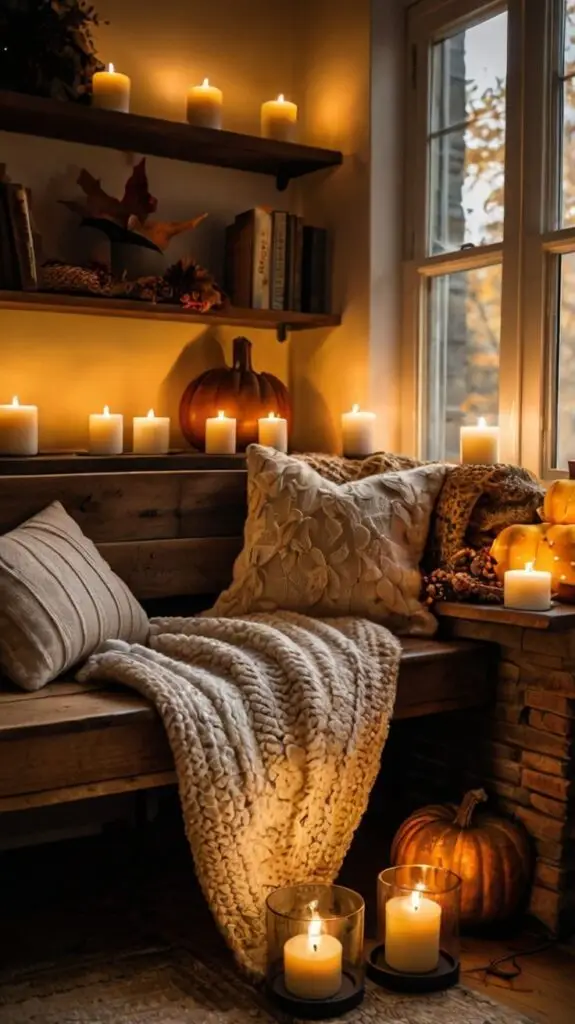
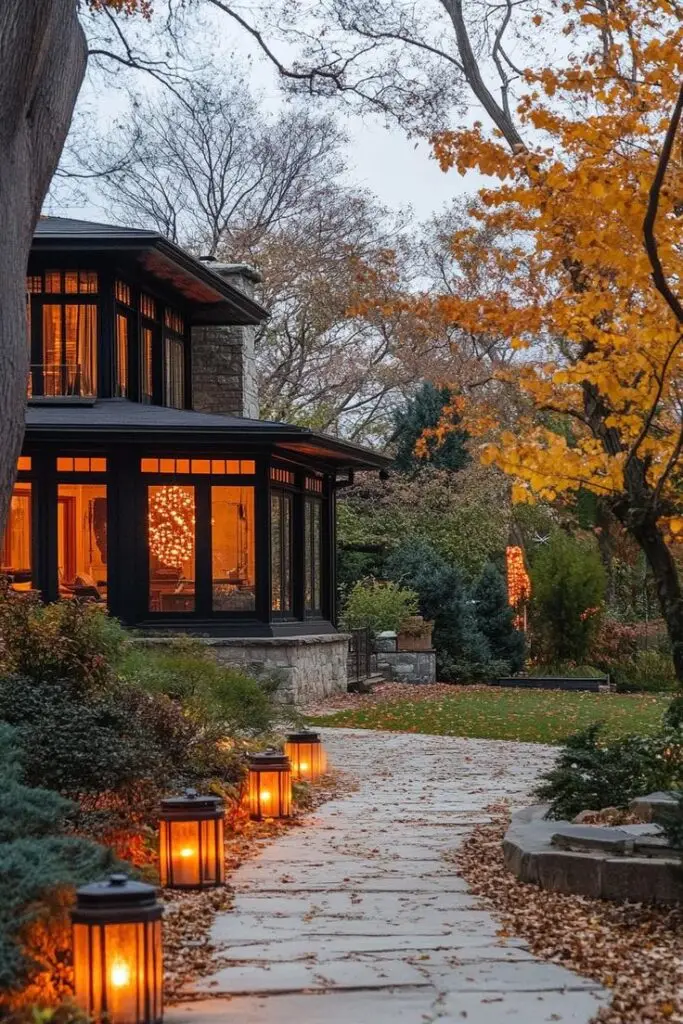
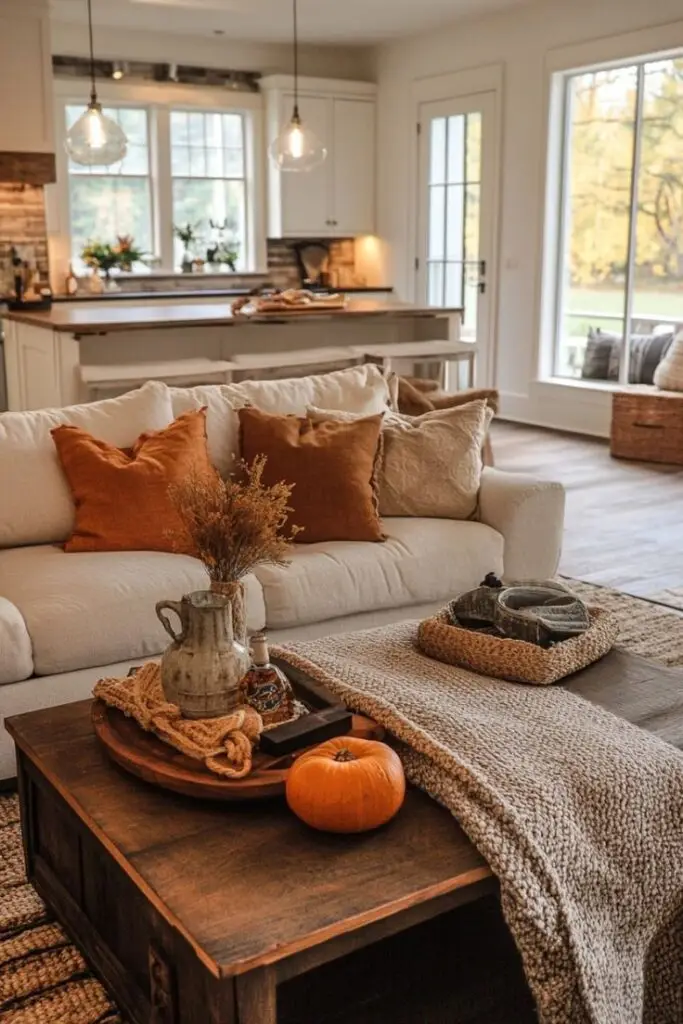
Key Takeaways
- Mid-century modern homes feature clean lines and a connection to nature.
- Innovative construction methods contributed to their distinctive design.
- Preserving these homes highlights their cultural significance and aesthetic value.
The Origins of Mid-Century Modern Homes
Mid-century modern homes emerged as a distinctive architectural style in the United States during the mid-20th century. The movement was characterized by innovative designs, integration of indoor and outdoor spaces, and a focus on simplicity and functionality.
Key Pioneers and Architects
Several architects were pivotal in shaping mid-century modern architecture. Frank Lloyd Wright significantly influenced the movement with his Usonian homes, emphasizing organic architecture that blended with nature. His principles of open floor plans and large windows became hallmarks of the style.
Richard Neutra brought a European perspective to American architecture, focusing on the relationship between the home and its environment. His designs featured clean lines and flexible spaces.
Mies van der Rohe, known for his motto “less is more,” contributed minimalistic aesthetic principles, emphasizing open spaces and the use of modern materials such as glass and steel. Collectively, these pioneers laid the groundwork for mid-century modern homes.
Architectural Philosophy and Design Movement
The architectural philosophy of mid-century modern homes centers around simplicity and connection with nature. A key feature is the integration of indoor and outdoor spaces, often achieved through large windows and sliding glass doors. This design allows natural light to flow freely while connecting inhabitants with their surroundings.
The movement also emphasizes functional furnishings and open floor plans, creating a sense of fluidity within the living space. Design elements such as flat planes, minimal ornamentation, and functional furniture reflect the egalitarian ideals of the era.
This period marked a shift away from ornate details towards a focus on materials like wood, glass, and metals, establishing a legacy that continues to influence modern architecture today.
Defining Characteristics of Mid-Century Modern Architecture
Mid-century modern architecture is renowned for its distinct features, emphasizing both structure and integration with the surrounding environment. This style promotes a seamless relationship between indoor and outdoor spaces, showcasing simplicity and functionality.
Emphasis on Structure and Form
In mid-century modern homes, you will notice a strong focus on structure and form. Clear lines and geometric shapes dominate the aesthetic, creating a sense of order and balance.
Large windows and glass walls are prevalent, allowing natural light to flood the interiors. This design choice not only enhances visual appeal but also connects you with nature. Open floor plans facilitate fluid movement between spaces, prioritizing functionality.
The use of flat roofs further contributes to the sleek profile of these homes. Incorporating natural materials like wood, stone, and metal complements the minimalist approach, emphasizing the beauty of simplicity in design.
Integration with Nature
Integrating the indoors with the outdoors is a hallmark of mid-century modern architecture. You will find that large expanses of glass are not just for aesthetics; they offer unobstructed views of nature, inviting it inside.
Patios and courtyards are common, providing inviting transitions between spaces. The emphasis on natural surroundings encourages harmony and tranquility. Landscaping is often designed to complement the architectural features, blurring the lines between built and natural environments.
This design philosophy promotes sustainability, as many mid-century homes make use of local materials. The overall effect creates an inspiring living space that resonates with nature, making it ideal for those who appreciate the outdoors.
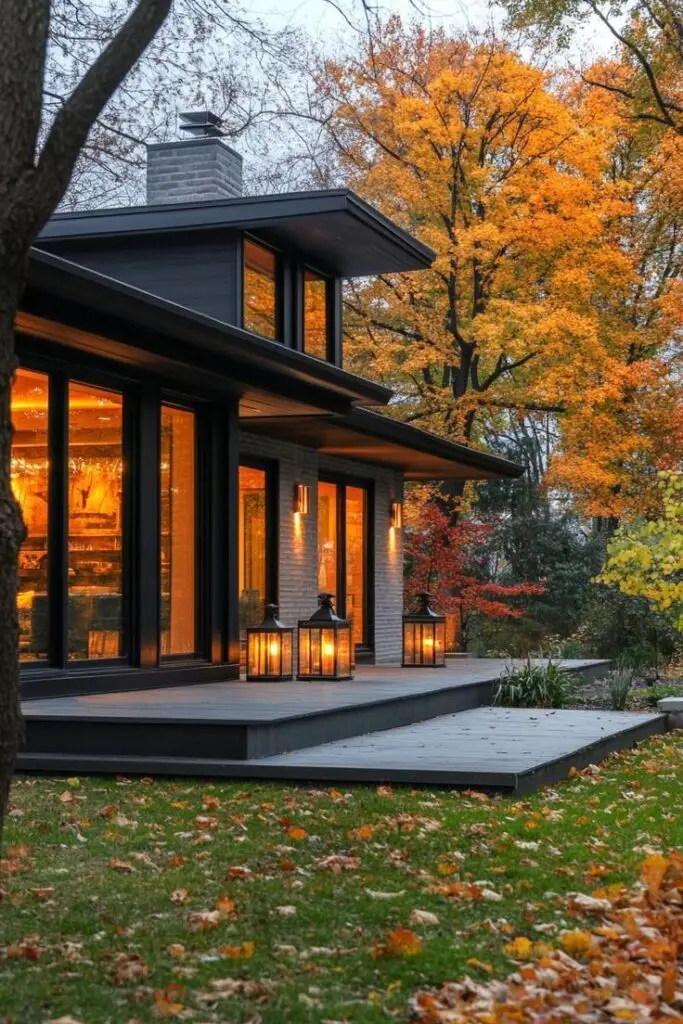
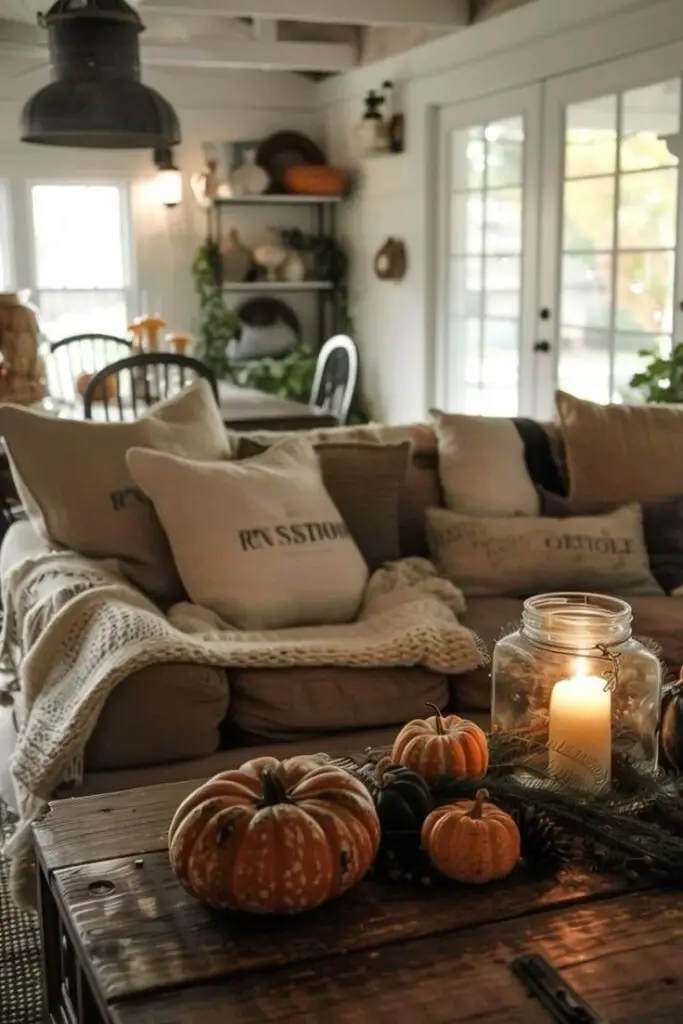
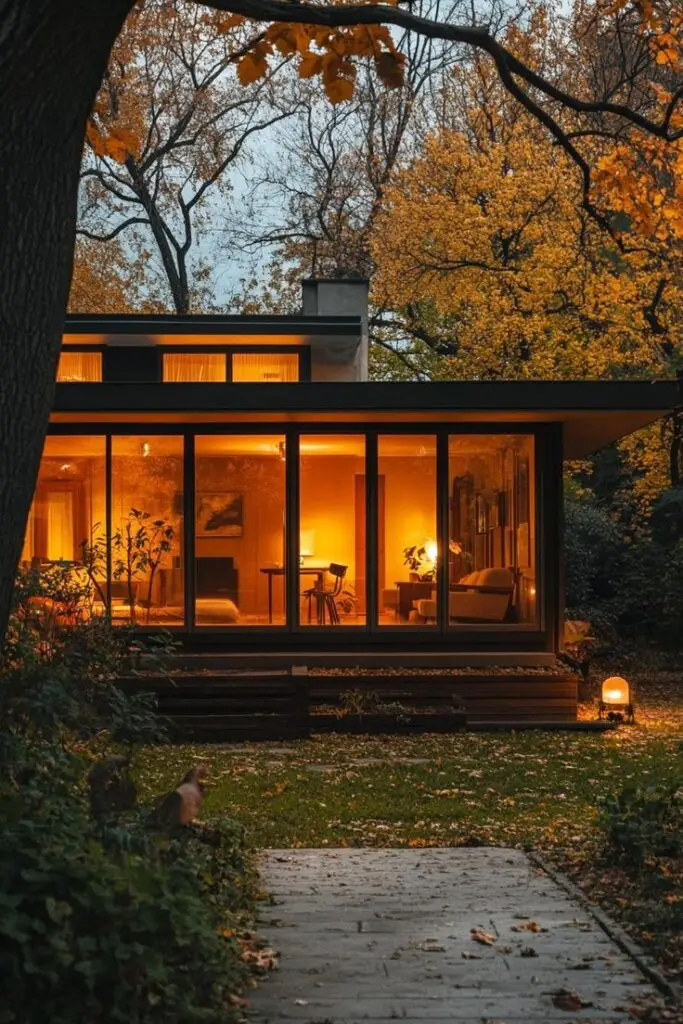
Interior and Exterior Design Elements
Mid Century Modern homes showcase a unique blend of simplicity and functionality in both their exterior and interior design. Key features include the use of natural materials, an emphasis on natural light, and a harmonious color palette.
Key Materials and Textures
Wood, steel, and concrete are foundational materials in Mid Century Modern design. You will often see natural wood used for both structural elements and cabinetry, providing warmth to the overall aesthetic.
Concrete features prominently in flooring and exterior finishes, contributing to a clean, minimalist look. Steel accents, often found in furniture and railings, offer a sleek, industrial touch.
Textures are carefully considered, with smooth surfaces complemented by woven fabrics, such as cotton or linen. This combination of materials creates a balanced, inviting environment that harmonizes with surrounding natural beauty.
Furniture and Decor Influences
Furniture in Mid Century Modern homes is characterized by clean lines and functionality. Designers like Eero Saarinen played a crucial role in popularizing innovative shapes and organic forms.
You might find iconic pieces such as tulip tables and molded plastic chairs, which prioritize comfort and aesthetic appeal.
Decor is often minimalistic, featuring a restrained color palette that emphasizes earth tones, muted shades, and occasional bold accents. Accessories are typically chosen to enhance the space without cluttering it, allowing for open layouts that invite natural light and promote a sense of space and freedom.
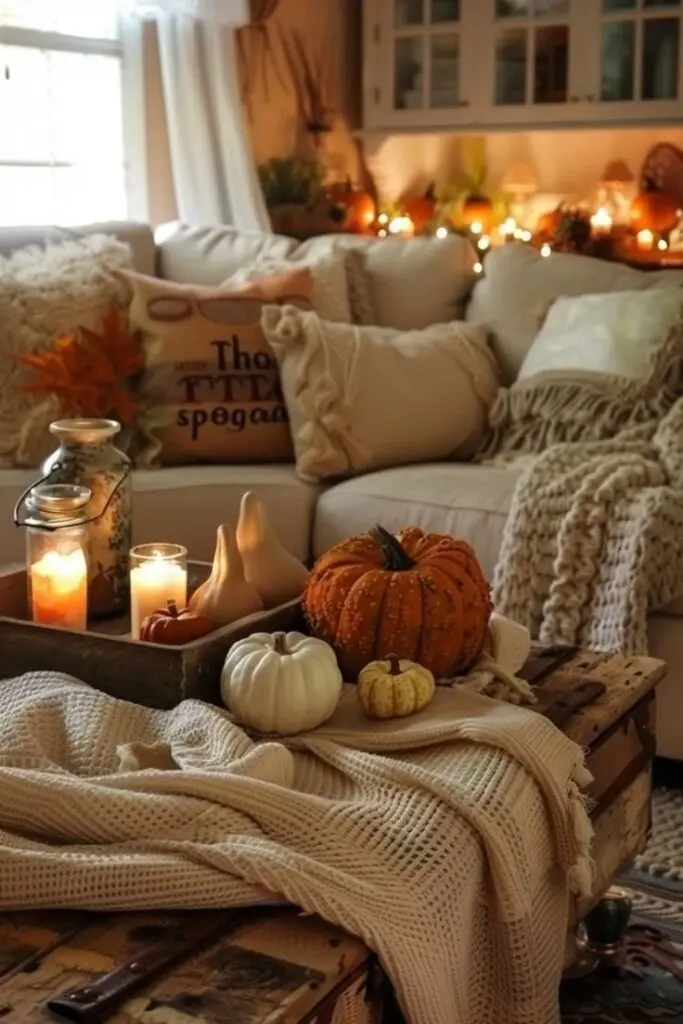

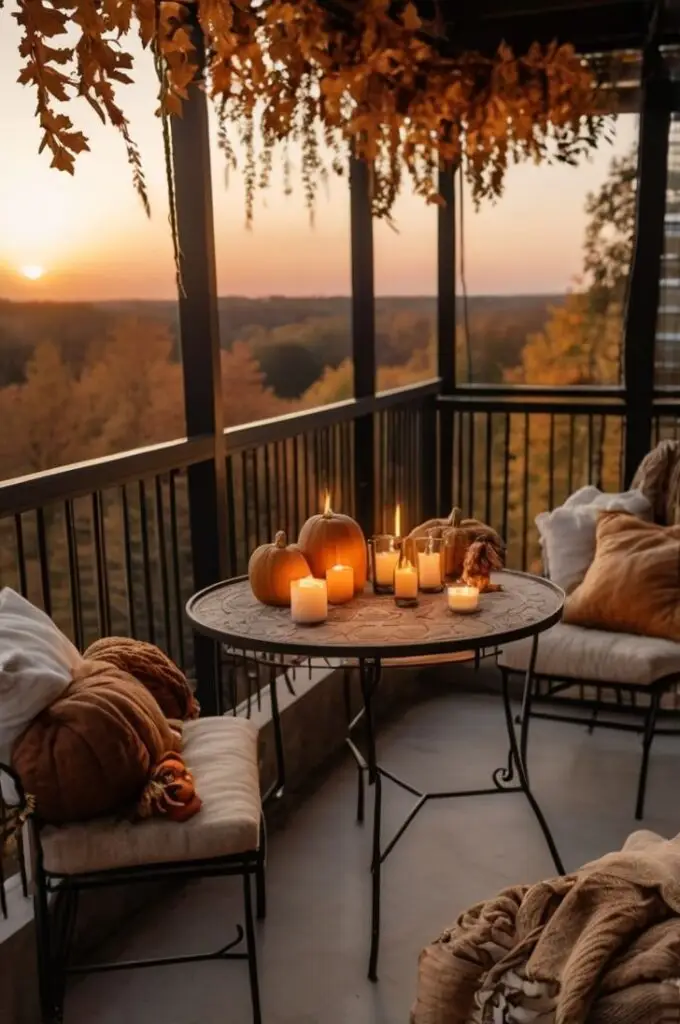
Iconic Mid-Century Modern Homes and Their Features
Mid-century modern homes are celebrated for their unique design elements and a strong connection to nature. Notable examples reflect innovative architectural styles and are often marked by distinctive features that define the era.
Case Study Houses
The Case Study Houses project, initiated by Arts & Architecture magazine in the 1940s, played a pivotal role in defining mid-century modern architecture. Designed by prominent architects like Richard Neutra and Charles Eames, these homes showcased innovative construction techniques and materials.
Key features include open floor plans, which promote seamless indoor-outdoor living, and vaulted ceilings that create a sense of spaciousness. Many houses also incorporate clerestory windows, allowing natural light to flood the interiors while maintaining privacy. This emphasis on light and space was essential in California’s relaxed lifestyle during the mid-20th century.
Famous Dwellings and Their Builders
Several iconic mid-century modern homes stand out, showcasing the era’s architectural prowess. One notable example is the Eames House in Pacific Palisades, designed by Charles and Ray Eames. This L-shaped structure utilizes a mix of materials and features large expanses of glass.
Another significant dwelling is the Kaufmann House, designed by Richard Neutra in Palm Springs. This home exemplifies the integration of indoor and outdoor spaces and features stunning desert views through expansive windows. The work of these visionary architects contributes to the lasting appeal of mid-century modern design, attracting enthusiasts and collectors alike.


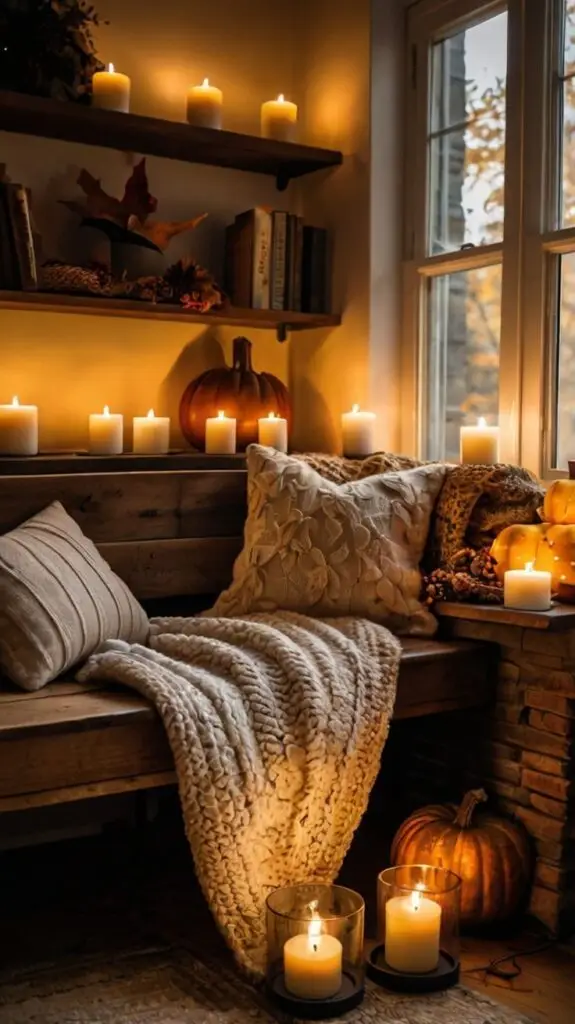
Innovations and Technology in Construction
Mid Century Modern homes revolutionized the way builders approached design and construction. Innovations in materials and technology led to distinctive features such as open floor plans, large windows, and functional layouts.
Advancements in Materials and Building Techniques
Material advancements were crucial in shaping Mid Century Modern architecture. The introduction of new types of glass allowed for expansive, floor-to-ceiling windows, enhancing natural light and creating a seamless connection between indoor and outdoor spaces.
Developments in engineered wood products and other construction materials made it possible to implement flat roofs and open floor plans. These elements are not just aesthetic; they serve functional purposes, maximizing space while minimizing unnecessary corridors.
Innovations like sliding glass doors contributed to the fluidity of space, encouraging adaptability in design. These doors facilitate easy transitions between living areas and outdoor environments, aligning with the lifestyle preferences of the era.
Impact on Modern Homebuilding
The influence of these innovations continues to resonate in modern homebuilding. Builders today often incorporate open floor plans, emphasizing functionality and spatial efficiency. This approach increases the usability of living spaces, catering to contemporary lifestyles.
Sustainability is now a driving factor in design and construction, echoing the principles established during the Mid Century era. Utilization of large glass panels remains popular, promoting energy efficiency when combined with modern insulating technologies.
Incorporating smart materials also reflects the legacy of this architectural movement, where innovation supports not just aesthetics but also practical applications. The combination of these elements ensures that homes remain both stylish and livable, capturing the essence of Mid Century Modern design.
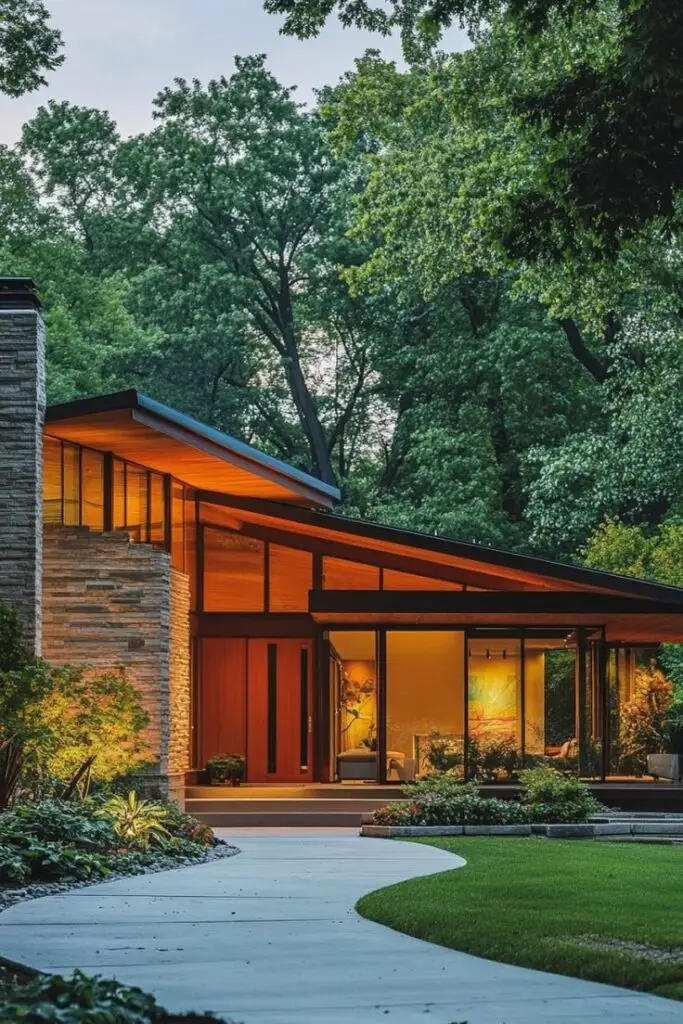
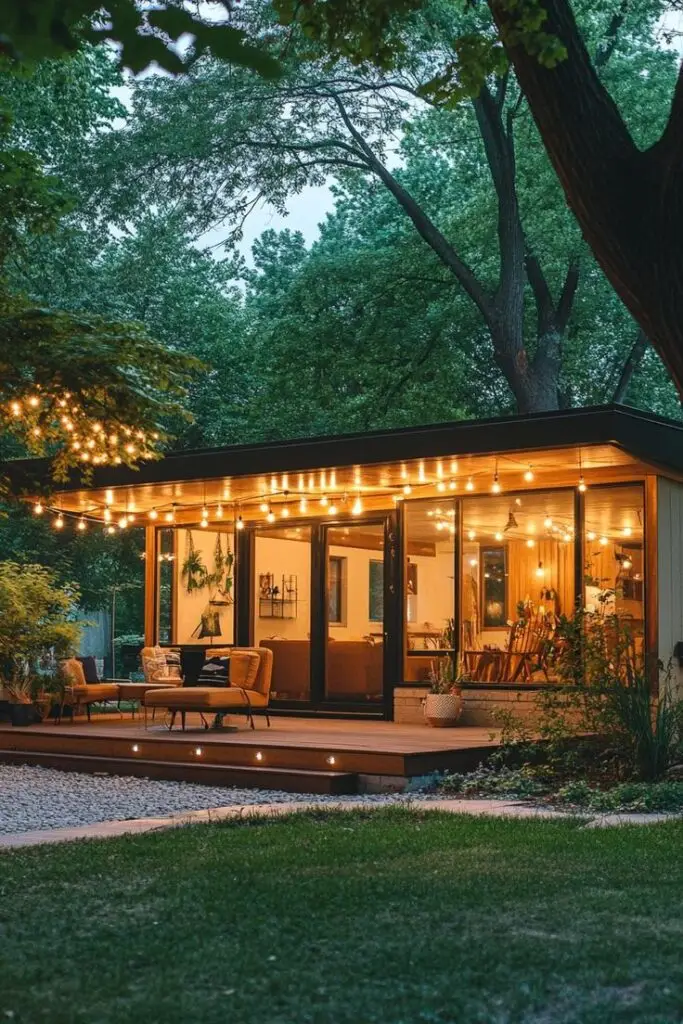
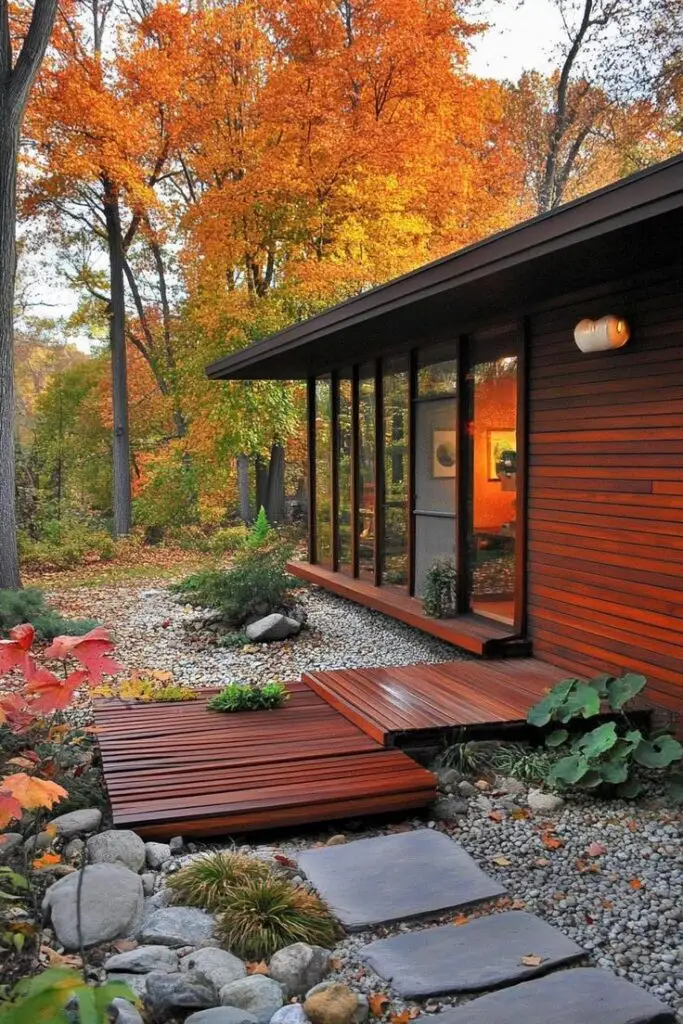
Outdoor Spaces and Landscaping
Creating outdoor spaces in Mid Century Modern homes emphasizes a connection between built environments and nature. Key design elements include open spaces and abundant natural light, which enhance your living experience and provide tranquility.
Designing for Indoor-Outdoor Living
When designing your outdoor areas, consider how spaces flow seamlessly from indoors to outdoors. Expansive windows allow natural light to flood in, making interior spaces feel larger and inviting. Features like a butterfly roof can open up your home to the sky while providing visual interest.
Incorporating patios or decks with materials such as wood or concrete can create ideal spaces for relaxation and entertainment. Adding an infinity pool can elevate your outdoor area, especially in a luxurious hilltop residence, offering stunning views and a sense of calm.
Sustainable and Native Landscaping
Utilizing sustainable and native landscaping helps create an eco-friendly environment while reflecting the local ecosystem. Choose plants that thrive in your climate, such as succulents and xeriscaping elements, to minimize water usage.
Desert landscaping can be particularly effective in arid regions. Use flat planes for planting beds and pathways to maintain clean lines that complement your home’s architecture. Integrating native plants not only supports local wildlife but also enhances the aesthetic appeal of your outdoor spaces. Consider establishing a gated mid-century house with thoughtfully designed landscaping that marries beauty with environmental responsibility.


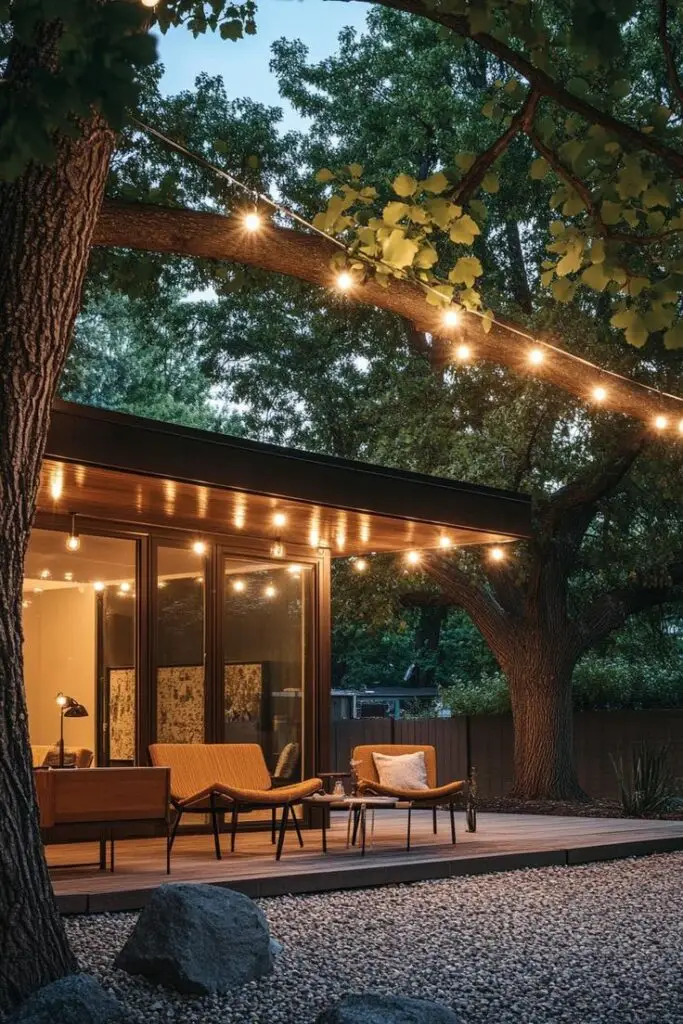
Mid-Century Modern Homes in Popular Culture
Mid-century modern homes have significantly influenced popular culture, particularly through their representation in media and their revival in contemporary design. Their aesthetic continues to resonate, shaping both how you perceive modernism and how it’s embraced today.
Representation in Media and Film
Mid-century modern homes frequently appear in films and television, symbolizing sophistication and innovation. Iconic movies like Mad Men showcase their sleek lines and open layouts, reflecting the era’s values and design principles.
The architecture of Charles and Ray Eames has inspired numerous productions, with their emphasis on geometric shapes and functional elegance being a recurring motif. Shows often leverage these visuals to create a specific mood or to represent a character’s status.
Additionally, documentaries about design often feature mid-century homes, discussing their influence on modernist movements and illustrating how they’ve shaped today’s architectural landscape.
Revival and Contemporary Interest
In recent years, there has been a resurgence of interest in mid-century modern design. Many people seek to recreate the curb appeal and minimalist aesthetic characteristic of these homes. This style emphasizes angular structures and open spaces, appealing to those desiring a blend of form and function.
Real estate markets have responded, with mid-century modern homes becoming highly sought after. Renovations focus on preserving original features while incorporating modern amenities.
You may find that furniture and decor inspired by this style, such as pieces by Eames, are popular in contemporary interior design. This blend of nostalgia and modernity keeps mid-century aesthetics relevant in today’s home environments.
Preservation and Renovation
Maintaining the integrity of mid-century modern homes involves unique challenges and considerations, particularly regarding authenticity and restoration methods. Understanding successful examples can provide useful insights for your renovation efforts.
Challenges and Considerations
Preserving mid-century modern architecture requires careful attention to detail. Authenticity is paramount. Retaining original materials, such as tongue-and-groove wood paneling and vintage fixtures, is important for historical accuracy.
You may face challenges with outdated electrical systems, plumbing, and insulation that do not meet current standards. Assessing structural integrity is crucial. Consult with professionals who specialize in retro design to ensure renovations respect the original aesthetic and build quality.
Balancing modern needs with historical preservation can be difficult. Consider energy-efficient upgrades that align with mid-century design principles while enhancing comfort without compromising style.
Case Studies and Success Stories
Several projects exemplify successful preservation of mid-century modern homes. For instance, the Neutra House in California underwent a meticulous restoration, maintaining its original character while updating systems for modern living.
Another notable case is the Eames House, where stewards carefully preserved the home’s original materials. They succeeded in integrating sustainable practices without altering its historic essence.
In both cases, engaging skilled craftsmen reestablished the homes’ charm while adapting them to today’s requirements. Such examples demonstrate the potential for preserving mid-century structures effectively, showcasing how thoughtful renovations can honor the past.






